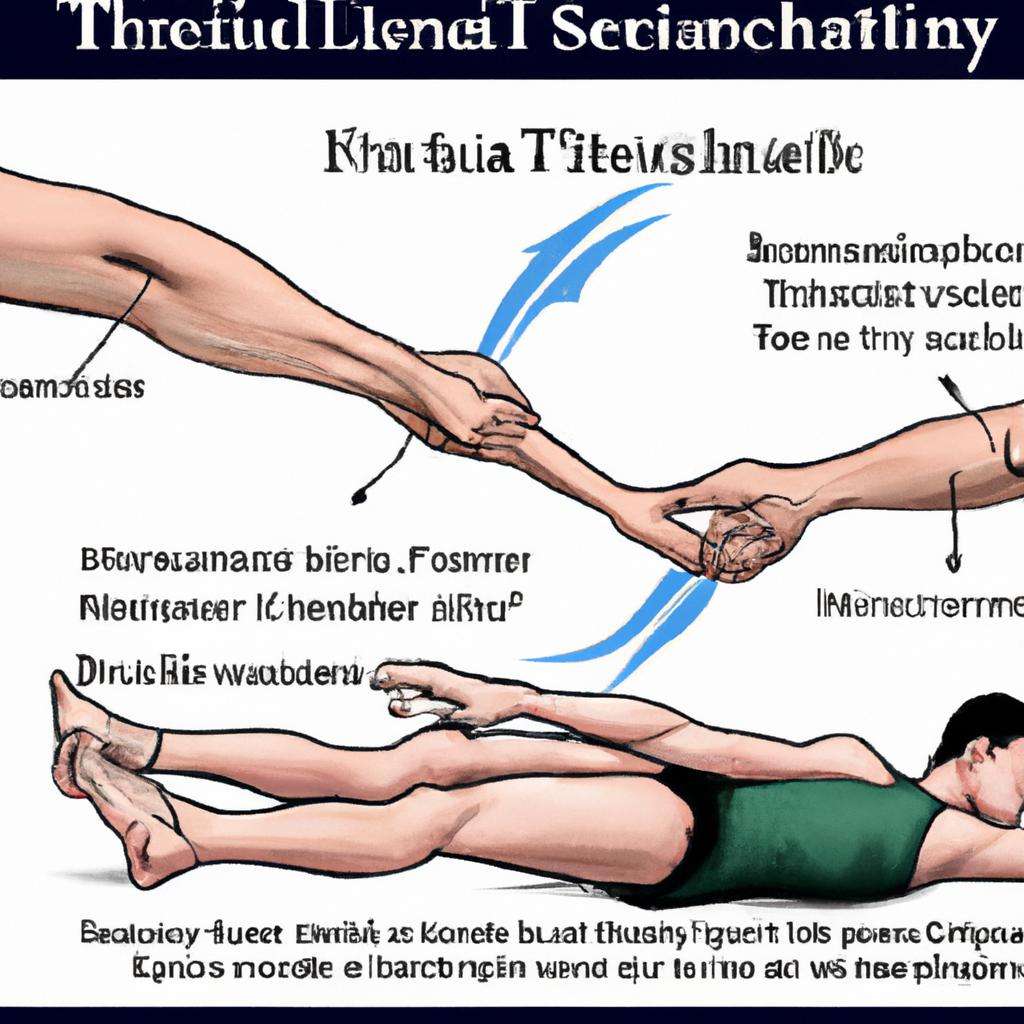Exploring Fascial Stretch Therapy: A Deep Dive into Its Benefits and Techniques for Enhanced Flexibility
# Exploring Fascial Stretch Therapy: A Deep Dive into Its Benefits and Techniques for Enhanced Flexibility
In the realm of fitness and wellness, flexibility is often overlooked, yet it plays a crucial role in overall health and athletic performance. One innovative approach to enhancing flexibility is Fascial Stretch Therapy (FST). This technique focuses on the fascia, the connective tissue that surrounds muscles and organs, to improve mobility and alleviate pain. In this blog post, we will delve into the benefits and techniques of FST while providing nutritional tips and exercise advice to complement your journey toward enhanced flexibility.
## Understanding Fascial Stretch Therapy
Fascia is a web of connective tissue that covers and supports every muscle and organ in our body. When this tissue becomes tight or restricted due to factors like poor posture, injury, or overuse, it can lead to discomfort, limited range of motion, and even chronic pain. Fascial Stretch Therapy is a specialized form of assisted stretching that targets the fascia to promote flexibility, reduce pain, and enhance overall athletic performance.
FST is often performed by a trained practitioner, who guides the client through a series of stretches while using a unique combination of traction and movement. This therapy emphasizes the importance of breathing and relaxation, allowing the body to release tension more effectively.
## Benefits of Fascial Stretch Therapy
1. **Enhanced Flexibility**: Regular FST sessions can significantly improve flexibility by targeting the fascia and promoting a greater range of motion in the joints. This is particularly beneficial for athletes and individuals who engage in physical activities that require agility and fluid movement.
2. **Pain Relief**: Many individuals suffering from chronic pain conditions, such as lower back pain or neck stiffness, have found relief through FST. By releasing tension in the fascia, FST can alleviate pressure on nerves and muscles, promoting a sense of comfort and ease.
3. **Improved Athletic Performance**: For athletes, flexibility is crucial for optimal performance. FST can enhance athletic capabilities by allowing for more efficient movement patterns, reducing the risk of injuries, and aiding in quicker recovery after intense workouts or competitions.
4. **Stress Reduction**: The relaxation techniques incorporated in FST sessions can help reduce stress and promote a sense of well-being. The deep breathing and gentle stretching can activate the parasympathetic nervous system, leading to a state of relaxation.
5. **Posture Improvement**: FST can help correct postural imbalances by addressing tightness in the fascia. Improved posture not only enhances physical appearance but also contributes to better alignment and reduced strain on muscles and joints.
## Techniques of Fascial Stretch Therapy
Fascial Stretch Therapy employs several techniques, often tailored to the individual’s needs. Some common methods include:
1. **Active Stretching**: Clients are guided to actively engage their muscles while being assisted in stretching. This technique promotes reciprocal inhibition, where the relaxation of one muscle group allows for the stretching of its opposing muscle group.
2. **Traction**: The therapist applies gentle traction to the joints, creating space and relieving pressure on the fascia. This technique can enhance the effectiveness of the stretch and promote greater release.
3. **Dynamic Movement**: Incorporating dynamic movements into the stretching routine can help to improve coordination and facilitate better movement patterns. This can be particularly effective for athletes looking to enhance their performance.
4. **Breathing Techniques**: Deep, controlled breathing is integral to FST. It allows the client to relax, enabling the fascia to release tension more effectively.
## Nutrition Tips for Flexibility
To support your flexibility goals, incorporating the right nutrition can make a significant difference. Here are some tips:
– **Stay Hydrated**: Adequate hydration is essential for maintaining the elasticity of fascia. Drink plenty of water throughout the day to keep your connective tissues hydrated.
– **Consume Anti-Inflammatory Foods**: Incorporate foods rich in omega-3 fatty acids, such as salmon, walnuts, and flaxseeds, as well as















Post Comment